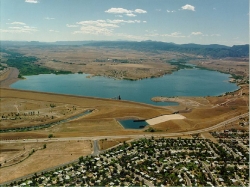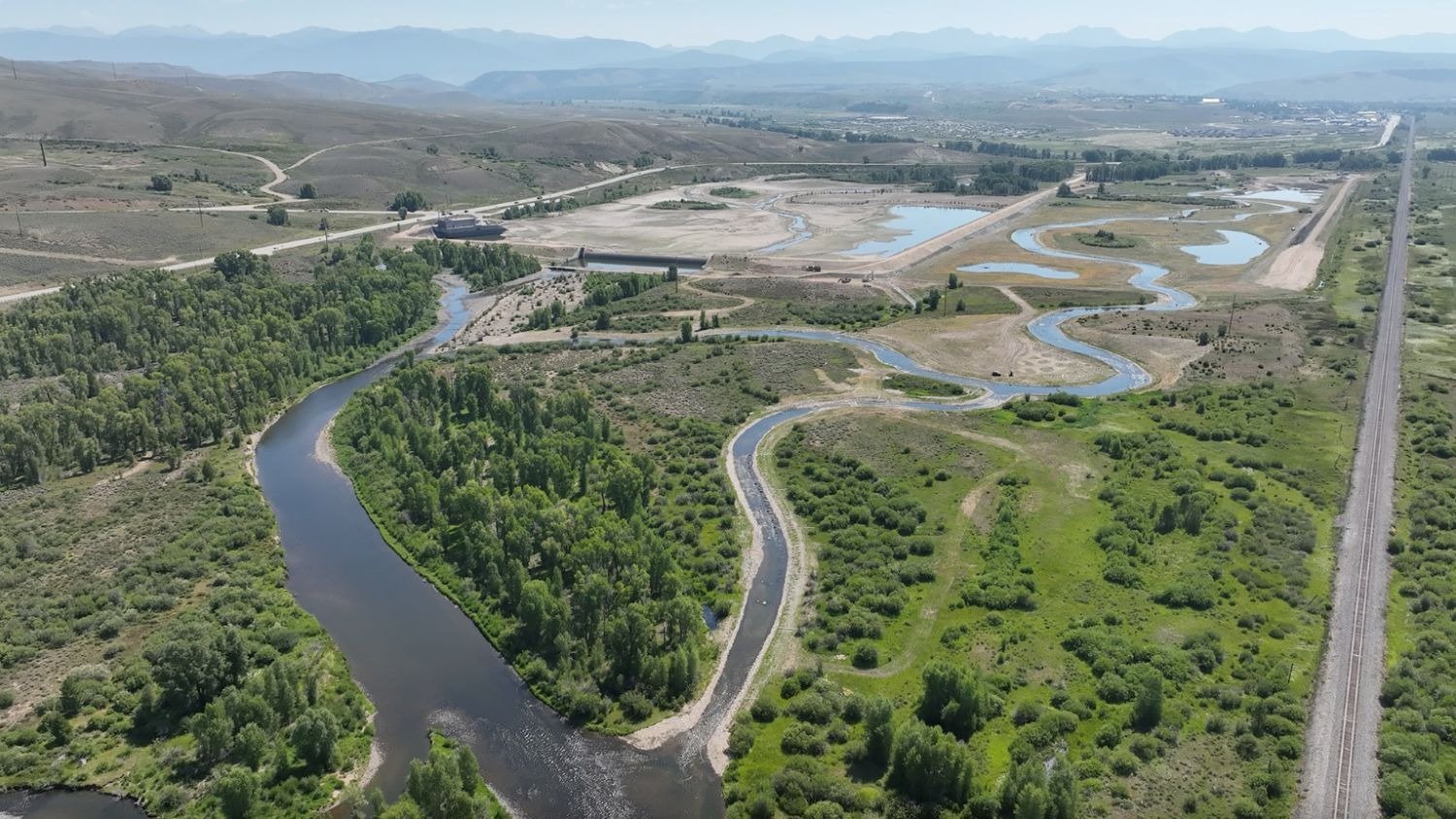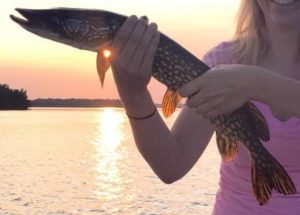Current Water Levels in Colorado
By: Ameen Hosain In the past years Colorado has experienced large fluctuations in water levels and rainfall, and thus has caused officials to encourage people who use large amounts of water to be conscious and responsible in monitoring water usage.
The above average snowfall levels in the state this past winter in combination with efficient water usage have had great effects on water levels in reservoirs across the state. According to Denver Water, the reservoirs in the Denver area are close to 91 percent full as of May 24, a percentage that is 6 percent higher than the average levels at this time of year in the past.
According to Denver Water, the reservoirs in the Denver area are close to 91 percent full as of May 24, a percentage that is 6 percent higher than the average levels at this time of year in the past.
This increased water level is expected to continue well into the summer months, with snow melt flows just beginning to make their way into local waters. Reservoirs are predicted to be at or past 100 percent capacity in the coming days, something that will have nothing but positive effects for both wildlife, and people using waters for recreation. Denver water thus encourages those who use water to continue being responsible with usage in order to maintain healthy water levels for the remainder of the year.
This responsible water usage has resulted in changed regulations regarding the collection of rainwater, with laws now allowing Colorado residents to collect up to 110 gallons for use in watering lawns and gardens.  If not one who collects rainwater, another way to assist in the maintenance of healthy water levels is to pay close attention to sprinkler systems; making sure to turn off systems when it rains, and ensuring that they are only used a maximum of three times a week. These things are easy to do and are highly recommended by Denver Water in order to keep Colorado’s reservoirs in good shape.
If not one who collects rainwater, another way to assist in the maintenance of healthy water levels is to pay close attention to sprinkler systems; making sure to turn off systems when it rains, and ensuring that they are only used a maximum of three times a week. These things are easy to do and are highly recommended by Denver Water in order to keep Colorado’s reservoirs in good shape.






 "Northern pike are aggressive predators with big appetites and if their population continues to grow in Green Mountain Reservoir, that will have profound impact on the fish we have stocked there, as well as potential impacts to the endangered native fish we are currently trying to recover," said CPW's Jon Ewert, aquatic biologist from Hot Sulphur Springs.
"Northern pike are aggressive predators with big appetites and if their population continues to grow in Green Mountain Reservoir, that will have profound impact on the fish we have stocked there, as well as potential impacts to the endangered native fish we are currently trying to recover," said CPW's Jon Ewert, aquatic biologist from Hot Sulphur Springs.
